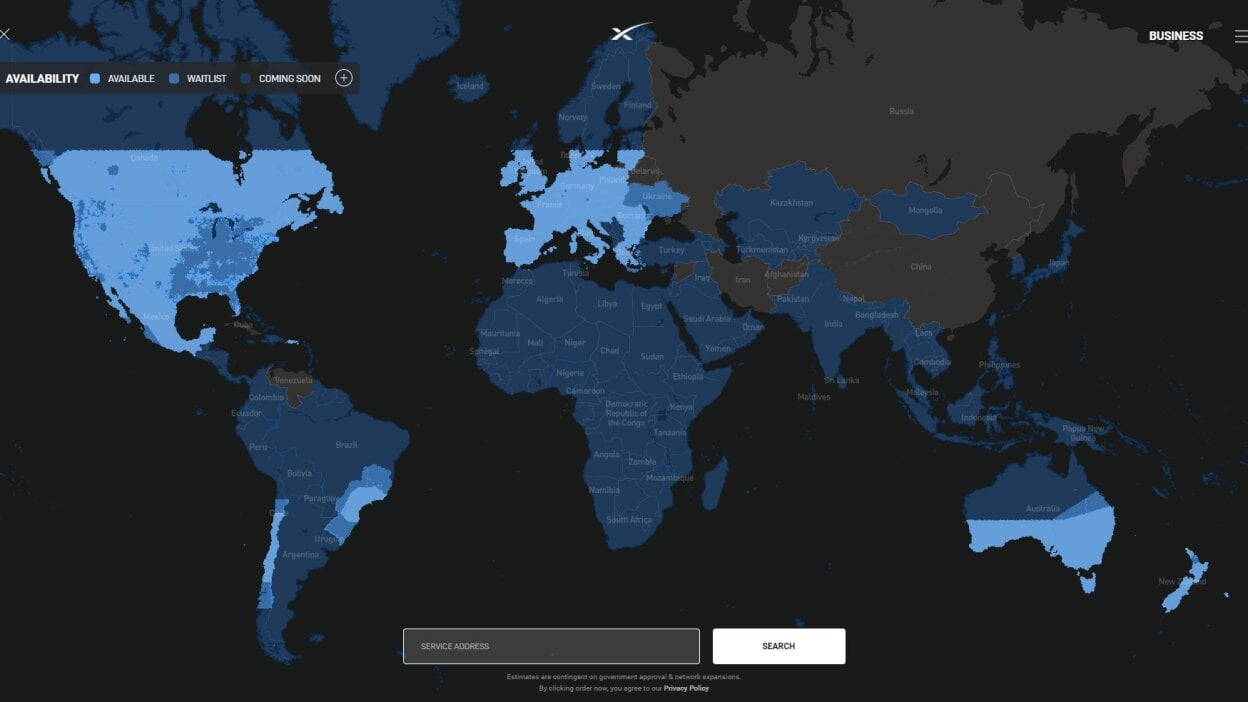In a groundbreaking development, SpaceX Starlink now offers global coverage, marking a significant milestone in the quest for universal internet access. This innovative satellite internet service aims to bridge the digital divide by providing high-speed internet to even the most remote corners of the globe. With its constellation of low Earth orbit satellites, Starlink is set to transform how we connect, communicate, and access information, making it a game-changer for individuals and businesses alike.
As you delve deeper into this article, you will learn about the technology behind Starlink’s satellite network and how it operates to deliver reliable internet service. We will explore the benefits of global coverage, including enhanced connectivity for underserved regions and the potential for economic growth in areas previously lacking internet access. Additionally, we will discuss the challenges that come with such an ambitious project and how SpaceX plans to address them.
Stay with us as we uncover the implications of SpaceX’s global coverage for various sectors, from education to telemedicine, and how it can empower communities worldwide. Whether you’re a tech enthusiast, a business owner, or simply curious about the future of internet connectivity, this article promises to provide valuable insights and keep you informed about the exciting developments in the world of satellite internet. Read on to discover how SpaceX Starlink is paving the way for a more connected future!
SpaceX’s Starlink has revolutionized the way we think about internet connectivity, especially in remote and underserved areas. With its recent announcement of global coverage, Starlink is set to change the landscape of internet access worldwide. This article delves into various aspects of this groundbreaking service.
The Technology Behind Starlink
Starlink operates using a constellation of low Earth orbit (LEO) satellites that communicate with ground stations and user terminals. This innovative technology allows for lower latency and higher speeds compared to traditional satellite internet services. The satellites are positioned in such a way that they can provide coverage to virtually every corner of the globe, making it an attractive option for users in rural and remote areas.
Moreover, the phased array antennas used in Starlink’s user terminals enable automatic tracking of satellites as they move across the sky. This technology ensures a stable and reliable connection, even in challenging weather conditions. As more satellites are launched, the network’s capacity and performance are expected to improve, further enhancing user experience.
Impact on Rural Connectivity
One of the most significant benefits of Starlink’s global coverage is its potential to bridge the digital divide in rural areas. Many regions around the world still lack reliable internet access, which hampers economic growth and educational opportunities. Starlink aims to provide high-speed internet to these underserved communities, enabling them to participate in the digital economy.
By offering a viable alternative to traditional internet service providers, Starlink can empower rural residents with access to online resources, telehealth services, and remote work opportunities. This shift could lead to improved quality of life and economic development in these areas, making Starlink a game-changer in global connectivity.
Competitive Landscape
With the launch of Starlink’s global coverage, the competitive landscape for satellite internet services is rapidly evolving. Companies like Amazon’s Project Kuiper and OneWeb are also working on similar satellite constellations to provide global internet access. This competition is likely to drive innovation and lower prices for consumers.
As more players enter the market, it will be crucial for Starlink to maintain its technological edge and customer satisfaction. The ability to offer reliable service at competitive prices will determine its success in the long run. Consumers can expect to benefit from improved services and pricing as competition heats up in the satellite internet sector.
Regulatory Challenges
Despite its ambitious goals, Starlink faces several regulatory challenges as it expands its global coverage. Different countries have varying regulations regarding satellite communications, which can complicate the deployment of services. Compliance with local laws and obtaining necessary licenses are essential steps for Starlink to operate in new markets.
Additionally, concerns about space debris and the environmental impact of launching thousands of satellites have raised questions among regulators and the public. Addressing these issues will be critical for Starlink to gain acceptance and operate sustainably in the long term.
User Experience and Feedback
As Starlink rolls out its global coverage, user experience will play a vital role in its success. Early adopters have reported impressive speeds and low latency, but some have also encountered challenges such as intermittent connectivity and installation difficulties. Gathering user feedback will be essential for Starlink to refine its service and address any issues that arise.
Starlink’s commitment to customer support and continuous improvement will be key factors in building a loyal user base. By actively listening to its customers and making necessary adjustments, Starlink can enhance its reputation and ensure long-term success in the competitive satellite internet market.
Future Prospects and Innovations
The future of Starlink looks promising, with plans for further satellite launches and technological advancements. As the network expands, users can expect even faster speeds and more reliable connections. Additionally, SpaceX is exploring potential partnerships with other companies to enhance service offerings, such as integrating Starlink with 5G networks.
Innovations in satellite technology, such as improved beamforming and frequency reuse, will also contribute to the network’s efficiency. As Starlink continues to evolve, it has the potential to redefine global internet access and set new standards for connectivity worldwide.
| Feature | Description |
|---|---|
| Overview | Starlink, a satellite internet constellation developed by SpaceX, now provides global internet coverage, enabling users in remote and underserved areas to access high-speed internet. |
| Technology | Starlink utilizes a network of low Earth orbit (LEO) satellites to deliver internet service, reducing latency and improving connection speeds compared to traditional satellite internet. |
| Global Reach | The service is available in various regions worldwide, including rural and remote locations where traditional internet infrastructure is lacking. |
| Speed and Latency | Users can expect download speeds ranging from 50 Mbps to 150 Mbps, with latency typically between 20 ms to 40 ms, making it suitable for most online activities. |
| Equipment | To access Starlink, users need a Starlink Kit, which includes a satellite dish, a Wi-Fi router, and necessary cables for setup. |
| Subscription Plans | Starlink offers various subscription plans, with a monthly fee and an upfront cost for the equipment, making it accessible for different user needs. |
| Future Developments | SpaceX continues to launch additional satellites to enhance coverage, increase bandwidth, and improve service reliability as demand grows. |



